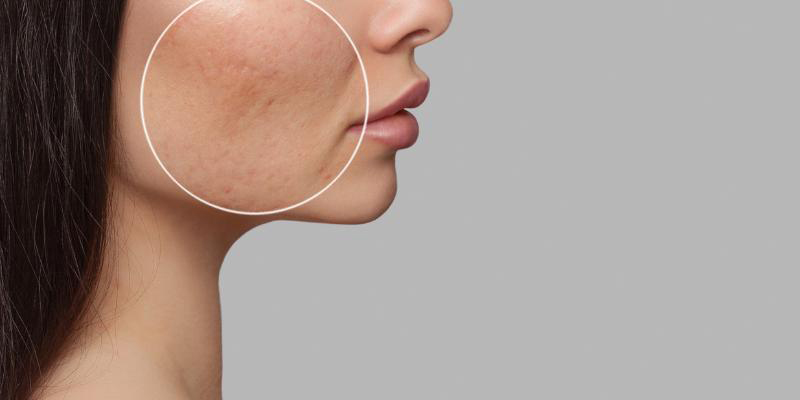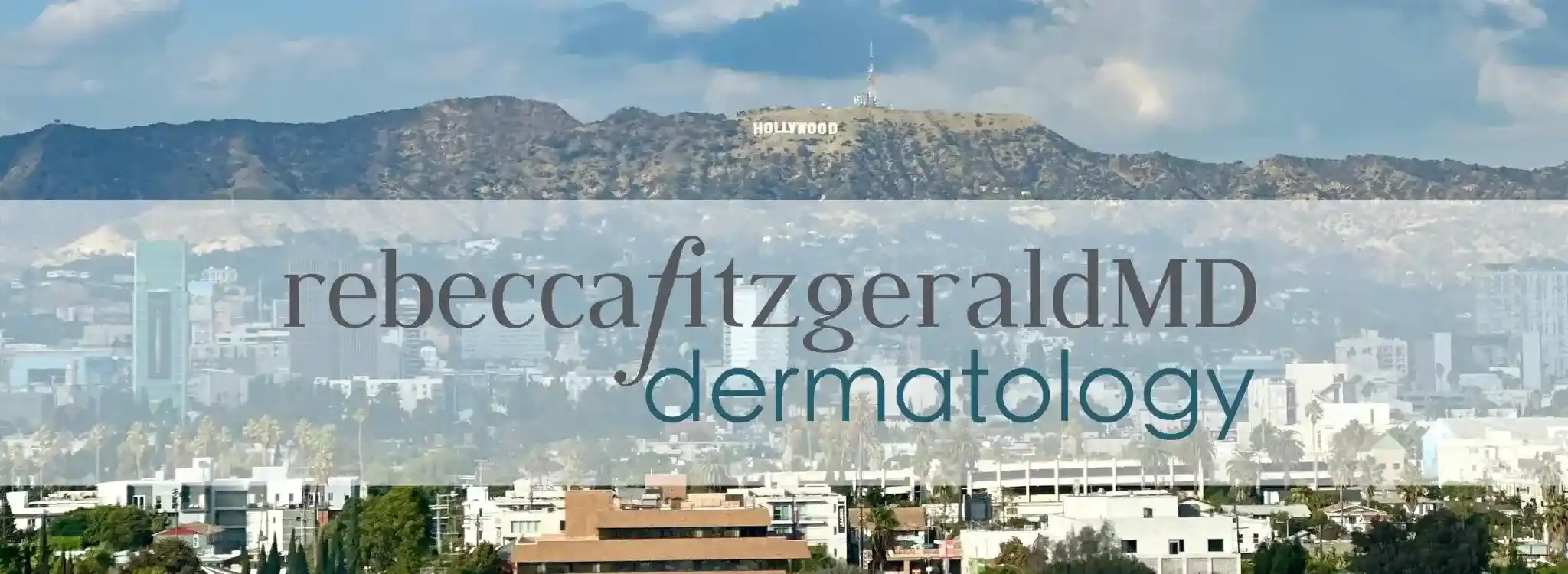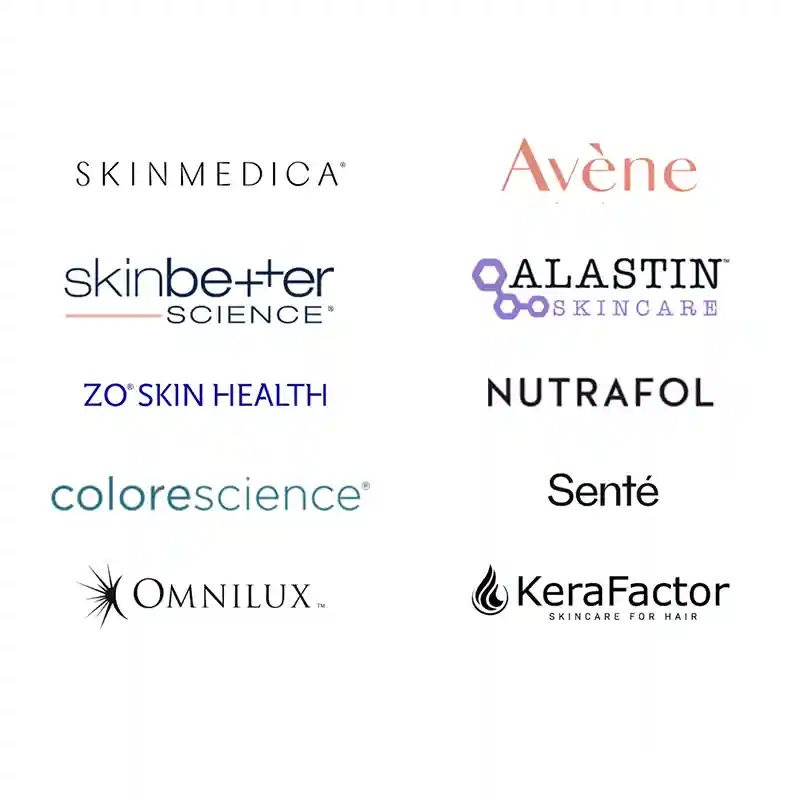Acne Scar Treatments in Los Angeles
Acne during adolescence and young adulthood is a source of embarrassment and self-consciousness. Sadly for some, acne leaves behind unsightly scars to serve as a painful reminder of this difficult time in your life.
Approximately 95% of acne patients develop some degree of scarring, and genetics has a significant impact on their severity. Asian and Hispanic acne sufferers tend to have more severe acne and more severe acne scarring. Acne scar severity is subjective. Although some may tell you, “It’s not that bad,” only you know how you feel about your appearance.

In situations where the scars are more pronounced on the face, medical treatment is required to help smooth the skin surface. Time is not a friend. Older acne scars are more resistant to treatment. Although there may be some minimal softening over the years without treatment, acne scars don’t just go away on their own.
Acne scar treatments are based on many factors, and not one treatment type is suitable for everyone. You can learn about which acne scar treatment options would be most appropriate for your skin by speaking with Dr. Fitzgerald, one of our other dermatologists, or a team leader in person. A professional consultation provides an education on what procedures would be most appropriate for your skin and why.
Types of Acne Scars
Indented acne scarring is a direct result of tissue loss that occurs with infected acne or from repeated “picking” at these lesions. There are essentially three different types of acne scars:
- Rolling acne scars – These scars are shallow with smooth, rounded edges. They spread out over a large area of your face, such as the cheeks, and are the easiest to treat.
- Boxcar acne scars – These scars are deeper and have more defined borders. They typically reside in areas such as the temples.
- Ice pick acne scars – These scars are narrower and deeper, and they are typically scattered across your face. Although the most difficult to treat, combination treatment can reduce their appearance significantly.
Because acneic skin tends to be sensitive, it’s usually more prone to generalized redness. Redness may respond well intense pulsed light (IPL) therapy to seal up the tiny broken vessels that create this redness. More obvious redness may require a vascular laser.
The only way to change the appearance of indented acne scars permanently is to promote collagen growth and/or by “planing” the skin surface. While acne scar lasers utilizing fractional energy provide the most effective results with the least amount of downtime, you have many options when seeking to treat acne scars.
Treatment Options for Acne Scarring
Depending on your unique individual needs, Dr. Fitzgerald may recommend one or more of the following acne scar treatments:
- Fraxel is a gold-standard laser for smoothing acne scars. Customized Fraxel acne scar treatments consider the depth of your scarring and your personal tolerance for downtime. Effective smoothing typically requires multiple sessions as each treatment process builds additional scar-lifting collagen. Video below shows Fraxel results for acne scar treatments and other skin problems.
- Genius MicroNeedling RF – A multi-session Genius fractional skin resurfacing program will provide cumulative improvements in collagen production beneath and surrounding the scars. The collagen “remodeling” will help smooth the skin surface and “lift” the scar. Genius radio frequency treatments experience an outstanding safety record while significantly reducing the risk of hyperpigmentation for ethnic skin, a common side effect of laser treatments.
- Diamond Glow (SilkPeel) – Diamond Glow is a sophisticated diamond-tipped microdermabrasion system that exfoliates the skin while simultaneously delivering a topical SkinMedica dermaceutical. Potentially helpful for very mild surface irregularity.
- Vbeam redness reduction – Many acne sufferers tend to have long-term residual redness, and this redness calls even more attention to skin imperfections. One way to provide a quicker resolution for this problem is to treat the specific red areas with a Vbeam laser.
- Photodynamic therapy (PDT) acne control – Photodynamic therapy is a special treatment for resistant acne that is performed with a topical photosensitizing agent called Levulan. PDT tends to reduce the activity of the sebaceous glands. Although PDT is not a first-line scar treatment, it does help prevent scarring from occurring in the first place.
- Chemical peels – Chemical peels remove damaged outer layers of skin to smooth texture, reduce scarring, and remove blemishes. Different peel formulas achieve different results and are chosen by need and skin type.
- SkinPen Microneedling – Microneedling creates microscopic pinpoint wounds in your skin that facilitate the production of new elastin and collagen. For those averse to laser, Microneedling is a welcome option.
- Subcision – During a subcision procedure, the scar is loosened from the underlying tissue. This allows the scar floor to rise closer to the level of surrounding normal skin.
Please contact Dr. Rebecca Fitzgerald today to schedule your acne scar treatment consultation.






